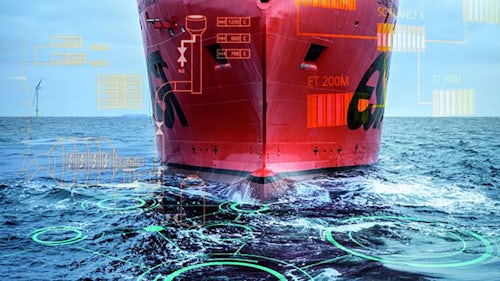Investigación CFD de la técnica ALS sobre reducción del arrastre de fricción
El incremento de los costes de combustible y las restricciones de emisiones están llevando a los propietarios de barcos a disminuir la resistencia de los mismos así como su potencia. Uno de los métodos para reducir el arrastre de fricción en los navíos es el sistema de lubricación de aire (ALS), que inyecta burbujas bajo el casco.
Este white paper detalla un estudio sobre las investigaciones numéricas en 3D acerca de la reducción del arrastre de fricción. Los autores examinan cómo la CFD se puede utilizar para estudiar la lubricación del aire y ayudar a comprender la eficiencia del navío.
Los modelos CFD simulan los complejos problemas hidrodinámicos, que no pueden modelarse de forma precisa en un tanque de tracción. Este enfoque numérico proporciona información adicional acerca del rendimiento del navío antes de que se lleve a cabo el ensayo físico.
Air lubrication systems (ALS)
This white paper details a study on 3D numerical investigations into frictional drag reduction. The authors investigate how multiphysics CFD can be used to study air lubrication systems and aid in the understanding of ship efficiency.
Marine CFD investigation
Multiphysics CFD models simulate complex hydrodynamics problems, which cannot be accurately modeled in a towing tank. This numerical approach gives additional insight into vessel performance before any physical testing is performed. This marine CFD investigation is examined in detail by two industry experts in the white paper.
Hull drag reduction systems
Get all the details on the 2018 study on 3D numerical investigations into frictional drag reduction systems by injecting air bubbles below the hull using industry-leading software from Siemens. Additionally, the researchers examine and compare different injection flow rates at varying speeds in water.
Download the white paper now to learn more!
